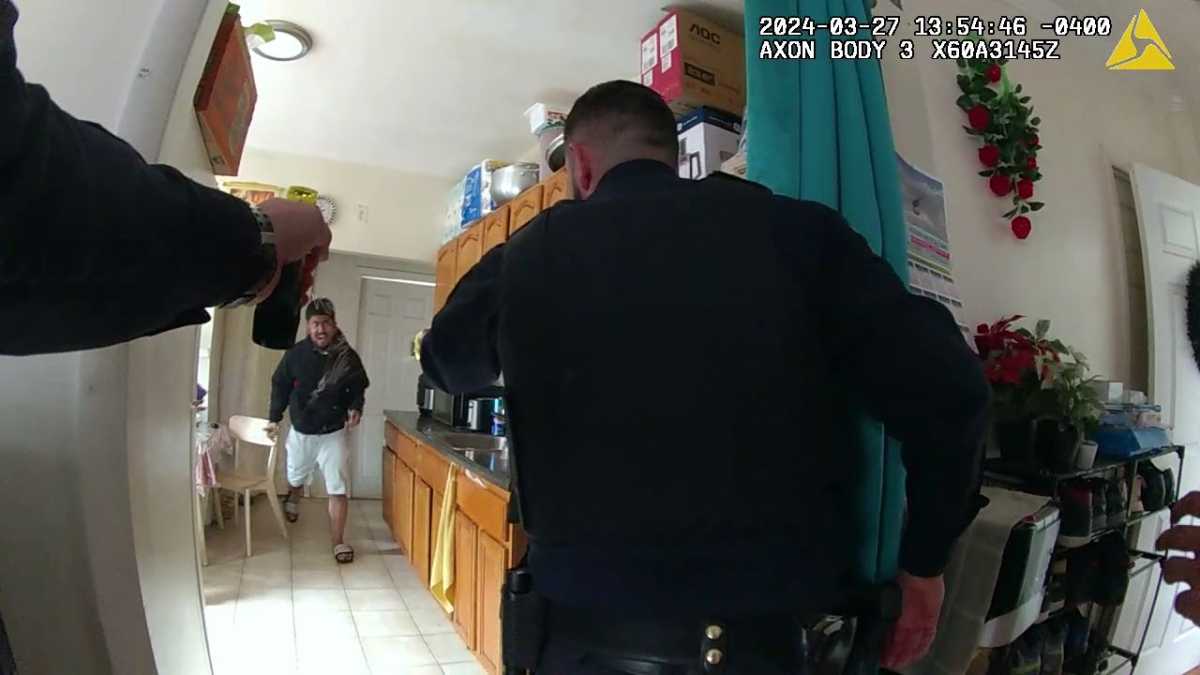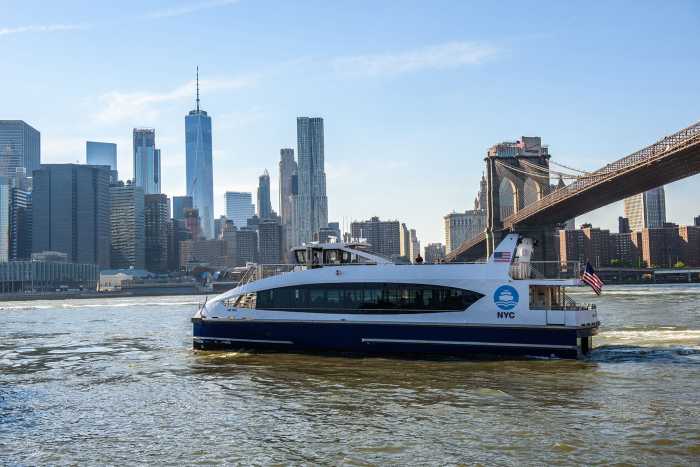Fare evasion at one Queens subway station seems to be getting worse despite the MTA’s efforts to thwart the ongoing city-wide scourge.
amNewYork revisited the Woodside-61st Street station on the 7 line on June 6 and witnessed 16 people beat the fare in 15 minutes. That was more than the fare evaders observed during the newspaper’s March 8 visit, when 10 commuters took free rides.
Over the next 15 minutes on June 6, 16 more people chose not to pay for the $2.90 train ride that day — 32 in total seen during amNewYork’s visit.
The bevy of fare evaders used various methods to avoid paying. Many chose to either crawl under or jump over the turnstiles. Groups of friends snuck in two at a time after only one OMNY tap.
In one instance observed on June 6, a tall man simply climbed over a turnstile arm to beat the fare with no challenge.
One of the most brash displays of ride-stealing was when the station’s automatic door, used primarily for accessible service, took several seconds to close and lock, allowing enough time for people to walk through without paying. This group was in addition to the total fare evaders observed by amNewYork at the Woodside station that day.

Some fare evaders appeared more confident in their criminal behavior than others. Four girls who appeared to be teenagers looked around and circled the station before ducking down to scurry underneath a turnstile. Moments later, three young men ran into the busy station and simultaneously took a turnstile to jump over and avoid paying.
Ride theft is ‘demoralizing’ to New Yorkers
Although the MTA reports that fare evasion dropped by 25% in the second half of 2024, it is still a major problem for the transit agency, which says it loses up to $800 million annually from the illegal practice.
Beyond that, MTA Chair and CEO Janno Lieber said during an FAQ video online that it sends a terrible message to riders who obey the law and pay the fare.
“It’s not just a matter of MTA finances, and having the money to operate the system and fix the system, it is demoralizing to New Yorkers when they see other people just walking through the gate and not paying their fare or jumping over the turnstile,” Lieber said, “It makes people feel like, ‘Why am I the sucker who pays?’”
The MTA has taken aggressive steps to stop the behavior. Unarmed gate guards, for example, deter criminal activity. In fact, fare evasion dropped by 36% at stations with gate guards, the agency said.
“It actually is causing people to pay more frequently,” Lieber said.
The agency has also changed some turnstiles, adding sleeves and barriers to make jumping them more difficult. This year, the agency plans to replace outdated turnstiles at several high-traffic stations with modern fare gates.

Police presence at 42nd Street – Grand Central
Gov. Kathy Hochul made investments and implemented safety measures, including a stronger police presence on NYC trains. While the officers are not necessarily stationed on trains and platforms to thwart fare evasion, their presence likely acts as a deterrent.
amNewYork staked out the 42nd Street-Grand Central Terminal station on a Sunday afternoon, where two officers were on patrol. No one jumped a turnstile while the officers were nearby.
When they walked away, amNewYork immediately saw nine fare evaders who jumped over or shimmied through turnstiles two at a time over a 10-minute period.
Meanwhile, in addition to station infrastructure changes, MTA officials have said more can be done to alleviate fare evasion that is out of the agency’s control, including issues concerning policy changes, enforcement and prosecution.





































